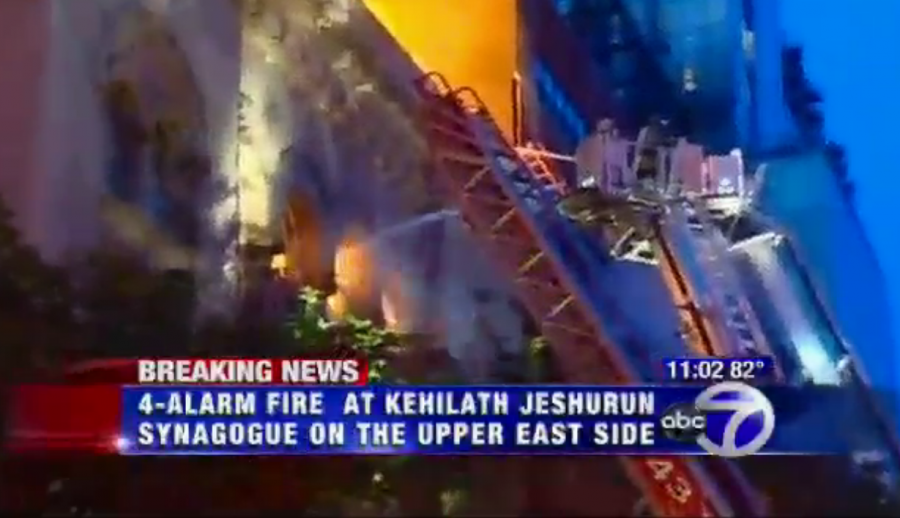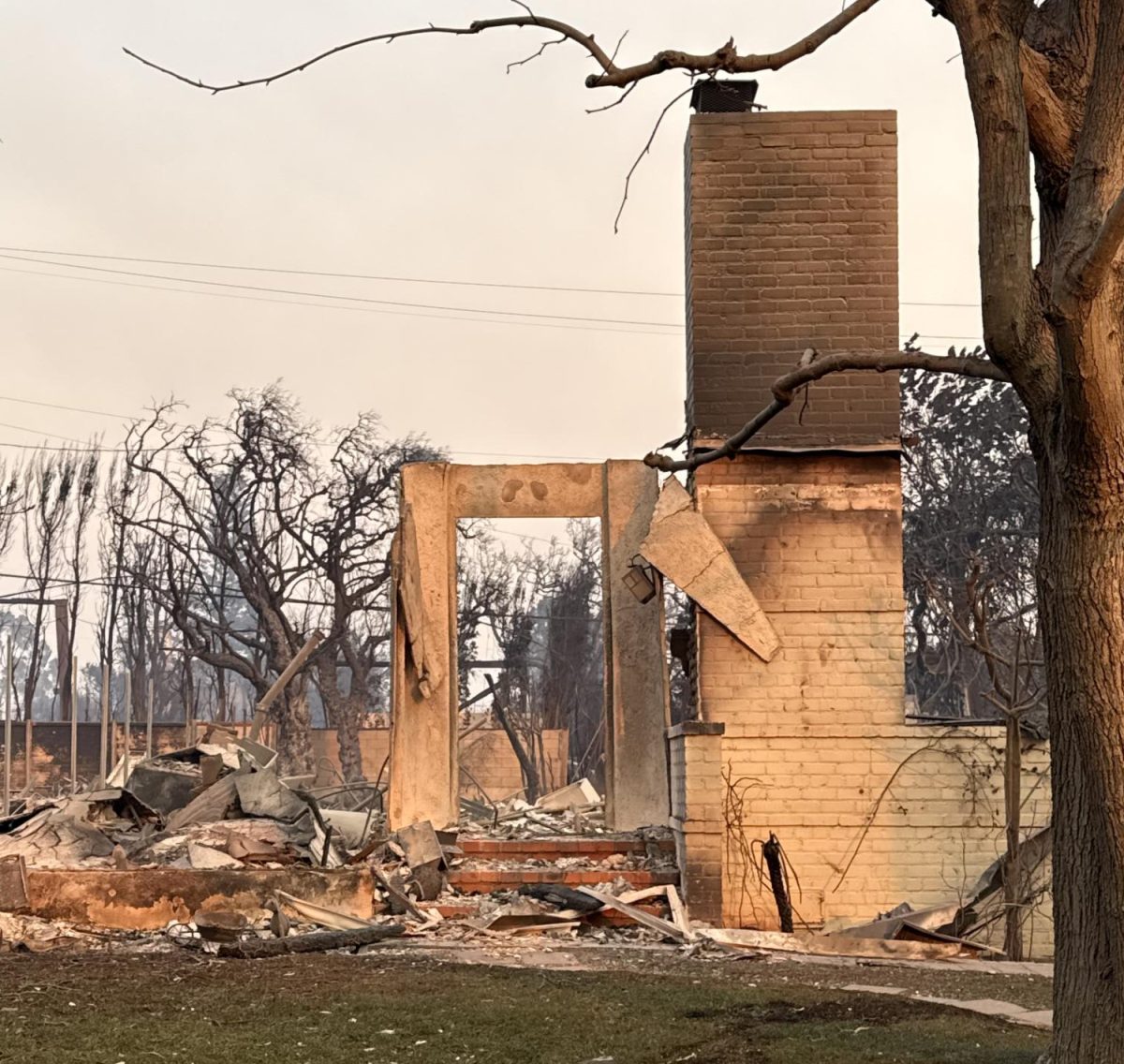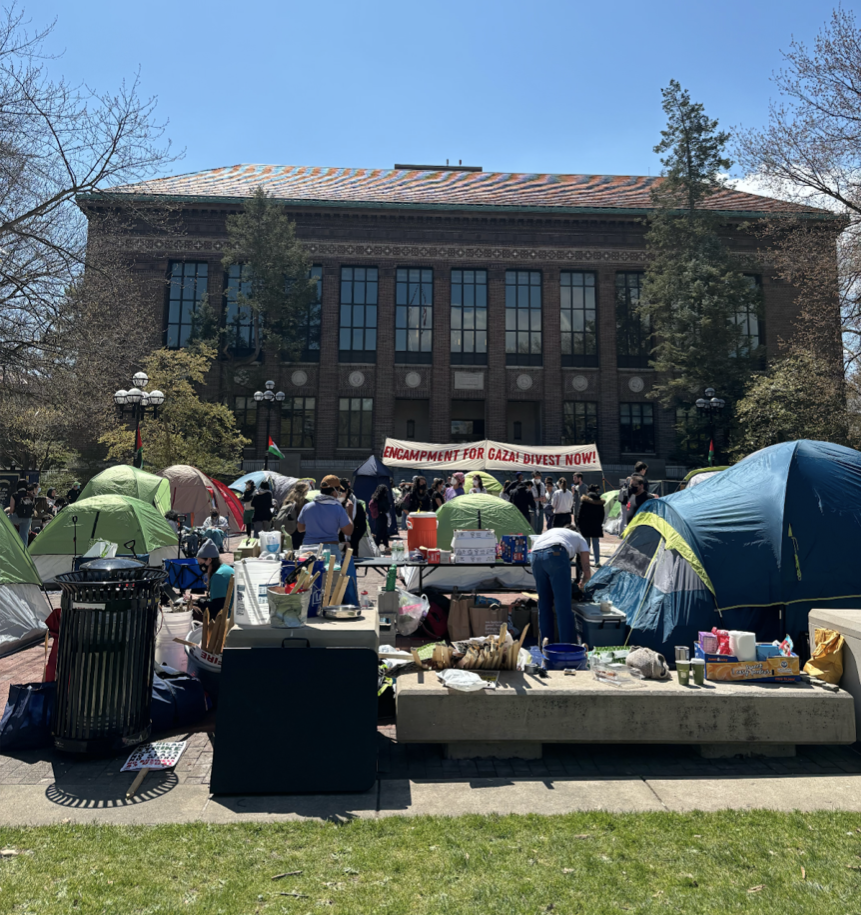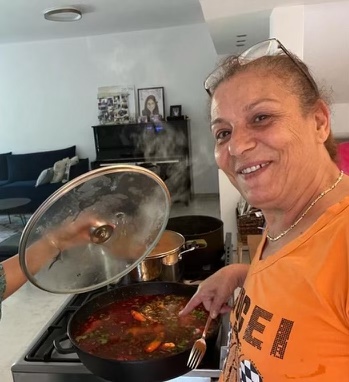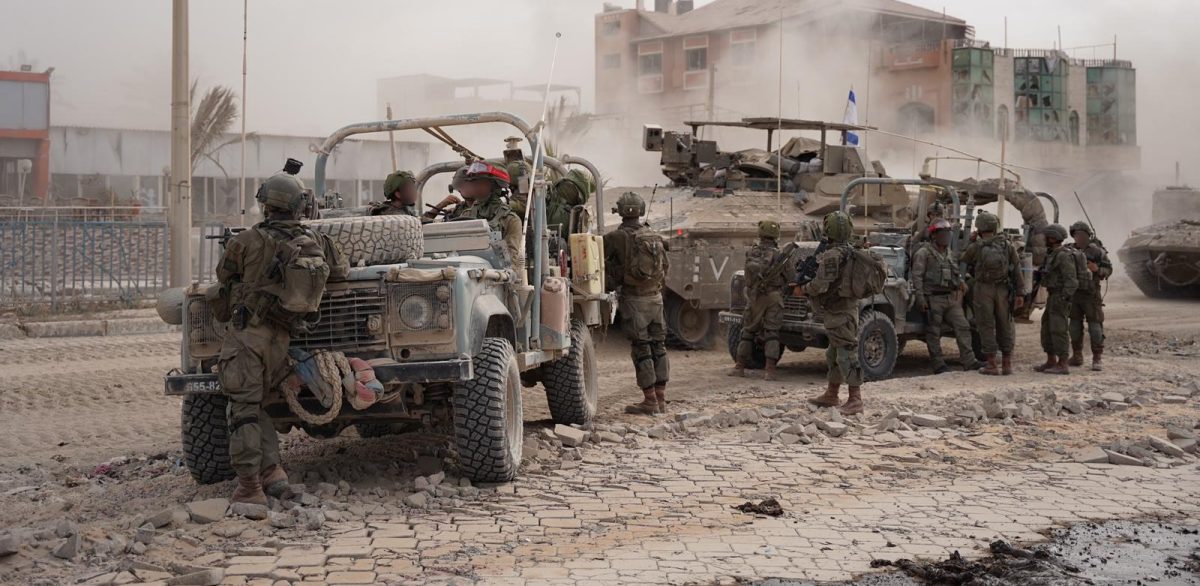It was a warm Monday night in Manhattan when Judaic Studies teachers Noam and Raizie Weissman heard sirens in the neighborhood where they were staying with her parents for the summer.
They walked out into the street and followed the noise. The fire, which destroyed the synagogue Kehillat Jeshurun on July 11, was right around the corner.
“Noam and I stood there for some time in awe and sadness, while all my friends from Ramaz began texting each other,” said Raizie.
Ramaz, her alma mater, is a Modern Orthodox high school that bears many similarities to Shalhevet. It ‘s co-ed, college preparatory and offers a range of co-curriculars in addition to arts, Torah and AP classes. New head of school Rabbi Ari Segal was once Director of Student Activities there.
Unlike Shalhevet, however, Ramaz is associated with a particular synagogue, and that synagogue – Kehillat Jeshurun, one of the most prominent Modern Orthodox communities in the U.S. – is the one that burned down.
“Religious or not religious, everyone stood there grieving,” Raizie said. “In that one building we shared so many s’machot* (celebrations), including my graduation. I went to shul there every week while I was at Ramaz.”
The fire started at around 8:30 p.m. and caused no serious injuries. No one was inside when the flames began. The 110-year-old structure is on East 85th Street near Lexington Avenue, about eight blocks away from Ramaz. The high school was not affected.
Still, news spread through Modern Orthodox communities nationwide, where almost everyone knew someone who’d been to the shul or was connected to the school.
Since May, the building had been undergoing renovations to fix unstable floors and improve the electrical system, work that was supposed to be completed by September.
“We thought this was the end of the construction, but it will take around one to one-and-a-half years until the building can be used again,” Rabbi Haskel Lookstein, the head of the synagogue, told the Boiling Point in a telephone interview. “During this whole experience, however, the community has been extremely supportive. There were 500 people in the street the following day, and I have received hundreds of emails from all over the world from individuals including Natan Sharansky and Michael Oren, the Israel ambassador to the U.S. Also, generous contributions have been made from in the community to help.”
Because of the renovations, religious services were being temporarily held across the street, at Ramaz. As a result, the Torah scrolls were not in the sanctuary during the fire.
The nearby Ramaz Lower School building did not catch fire, but is damaged from the water that was used to put out the fire in the synagogue, Judith Fagin, the head of school told the Boiling Point.
“As far as the children that are affected, the lower school is only ages three through nine, so their concerns are where to go to school, change, how to get there, etcetera,” Ms. Fagin said. “Until November when the school will be up and running again, we have two other locations where we can host the 425 students and 90 faculty members.”
Fire in Kehillat Jeshurun’s roof caused the ceiling to cave in, and during the hour that the fire was not put out, it took the top floor of the five-story building, the New York Fire Department said. That was enough time for over 200 community members to gather, watch and even post videos and pictures on the Internet.
When it was over, many stayed or came back to help.
“Faculty and administration gave up their summer plans and vacations to help and clean out the school,” Ms. Fagin said. “Everyone has just been beyond supportive.”
Other forms of support included calling and sending letters to the synagogue.
In addition, Rabbi Lookstein included Kaddish for mourning during the Tuesday morning prayers, which he led.
According to the New York Times, about 170 firefighters went inside synagogue to stop the fire, and four came out with minor injuries.
Although officials are still researching the cause of the fire, investigators think it was likely an accident.
It’s not clear when the synagogue will be once again up and running, but the shul’s 1,200 members along with Rabbi Lookstein are trying to stay positive.
“Out of the ashes of destruction will come the seeds of reconstruction,” Rabbi Lookstein wrote in his email to the Kehilath Jeshurun community.

